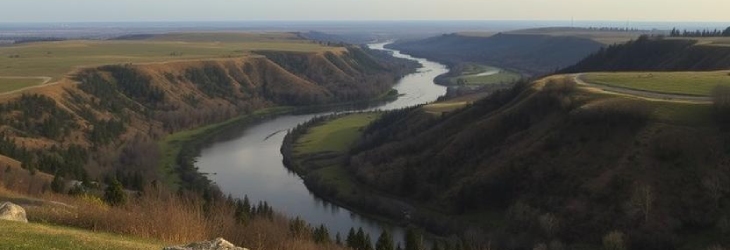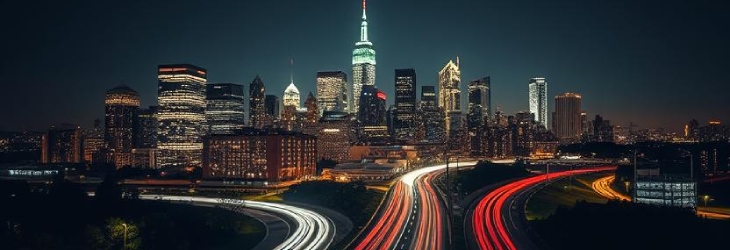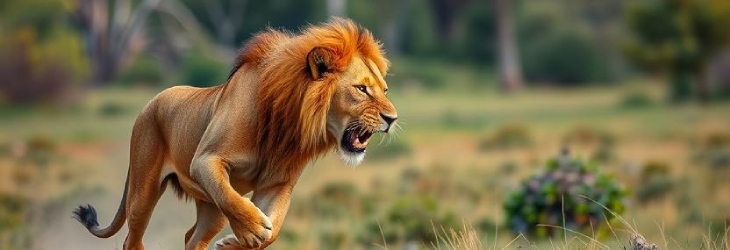Photo contests pull in photographers from all walks of life who cast their vision onto a diverse canvas of techniques and styles. Whether you're the hotshot in the big leagues or just another amateur who loves to snap, knowing about the way judges pick out the winning photos will put you on the road to success. They class beyond just a "good" image and instead judge the various factors that influence creativity, impact, and technical precision of a given photograph. Here, we break down the criteria judges use when scoring photographs, giving you inside tips to up your game.
Judge Role in Photo Contests
The judging of a photo contest offers much subjectivity and complexity in its application. The final decision in a photo contest is left with the judges, but their judgment is based on certain objective parameters in advance. Most photo contests employ a panel of judges, which may consist of photographers, artists, or experts in a particular field, such as travel and wildlife. Their task is to judge the images in light of the contest theme so as to identify the ones that stand out, while fulfilling certain objectives of the contest itself.
Knowing about the process of judging helps the photographer to better accommodate his submission to the criteria. In an ideal world, judges would have some kind of preference; however, they generally seek images that are technically correct, engaging to the eye, and fit the theme or message being conveyed by the contest.
Important Photo Contest Judging Criteria
Along with technical skill and creativity, judges look into different aspects of a photograph before making a decision, with major elements such as the composition, exposure, originality, and even the emotional values being considered. Knowing such parameters can help photographers in creating a stronger and more competitive submission.

Composition
Composition is perhaps the most important element judges will consider in scoring a photograph. It describes that within the bounding box, how nature has disposed the elements. An engagingly well-composed photo leads the eyes from one end of the image to the other in a perfectly balanced and pleasing manner. These are the key features of good composition:
- Rule of Thirds: Subject is placed off-center for a more dynamic and engaging composition.
- Leading Lines: Lines direct the eye of the watcher toward the major element of the composition.
- Framing: Nature uses certain elements within the scene to frame the subject and focus upon it.
- Symmetry and Asymmetry: The power of these opposing compositions lies in how they are put to use.
Example:
A landscape photograph with the horizon placed on the lower-third line and a winding river as the lead-in line parent to composition will probably have a very high score. This application follows the rule of thirds while also leading the view to observe through the image naturally.
Technical Quality
Another important domain judged by judges includes the technical consideration of a photo. It spans focus, exposure, depth of field, and white balance, just to name a few. Without a solid technical foundation, a creative idea may be lost to time. Some factors are:
- Sharpness: The image shall be in focus where it counts. Generally, blur effects are frowned upon unless perceived to be an artistic element (such as motion blur during a sports shoot).
- Exposure: High-key or underexposed pictures might have some essential details missing. The correct exposure, therefore, makes the tones and textures of the picture visible.
- Depth of Field: A shallow depth of field separates the subject from the background to emphasize the key elements in the shot.
- White Balance: An image looks natural when the color temperature is apt since the whites in it appear neutral.
Example:
Portraiture with perfect focus on the subject and a blurred background (bokeh) is the correct employment of depth of field that actually helps focus on the subject while keeping the background soft and non-distracting.

Creativity and Originality
The judges are constantly in search of artful, new perspectives. A creative shot is one that goes against convention and imparts an inventive interpretation to a common subject. What does it mean to be creative? Here are some definitions:
- Unusual perspectives: unusual angles and viewpoints.
- Innovative Use of Light: new ways of using natural light and playing with shadows.
- Concept and storytelling: developing photos that evoke a certain message or feeling.
- Post-processing: Manipulating images in creative ways that do not diminish the authenticity of the image.
Example:
A photo of a city skyline at night with long exposures to show light trails from passing cars would be creative in its interpretation of the common urban scene.
Emotion and Impact
A photo that has an emotional value or powerful impact is always an esteemed contender in a photo competition. Whether it is about serenity captured in the setting sun, the gaze of an athlete in the midst of action, or the sheer agony of the subject in the portrait, the judges are drawn toward images that move. Intense storytelling is a great influence. If a photo is technically excellent but has no soul behind it, it simply will not resonate with the audience.
- Viewer Connection: Does the image stop the viewer to think, feel something, or see the subject from a different view?
- Emotional Strength of the Subject: On some matters, either more emotional subjects like images that focus on social matters or tell personal stories will carry more emotional weight.
Example:
A portrait of a child smiling while holding a pet could invoke more human feelings of warmth and joy. The photo, thus, will be highly rated under this criterion.

Adherence to Theme
Many contests tend to have a theme, so a contestant tends to do better if his or her photograph fits the theme. A good submission will somehow incorporate the theme, be it through a literal interpretation or through a more abstract secondary interpretation. Judges will look for how clearly the image relates to the theme and how well such a connection is visually communicated by the photographer.
- Relevance to theme: The photo should correspond to the contest's theme or subject matter.
- Depth of interpretation: Does the image provide a new or deeper interpretation of the theme?
Example:
For a nature photo contest where the theme is "The Wild," a better photo might be that of a lion hunting as opposed to a mere landscape since it communicates action and raw power of the wild.
Post-Processing and Editing
Post-processing is unavoidable in modern photography, and judges pay attention to how well it has been applied. That creativity must never detract from the natural beauty or authenticity of an image. Excessive editing makes an image appear artificial, while too little retouching can make an image feel dull or bare. The judges want to see:
- Subtle Enhancements: The edits should enhance a photograph while keeping it from looking like it was excessively edited.
- Style Cohesion: Editing should be in congruence with the style, mood, and message of the photograph.
Example:
A classic black and white photo, artistically edited to bring out the contrast and sharpness, will garner some praise, but if that is taken too far and causes the photo to look too artificial, then that would be a point against it.
Real Examples of Scored Photos
Let's consider some examples from various genres to ascertain how realistically the criteria are applied.
- Travel Photography: As an example, the image of a street market with its leading lines (by means of rows of stalls drawing viewers' eyes) has a high score on composition but looses marks for technical quality due to bad lighting or misfocusing.
- Portrait Photography: A candid shot of a person laughing would be rated very high for emotion, but the lighting and sharpness of the exposure the eyes especially would also be scrutinized.
- Wildlife Photography: Should the perfect moment of a bird-made perfect by technically aesthetic choices in focusing and exposition held within the wildlife theme? Only then does it truly count for creativity.
Making Your Photography Work for You in Competitions
Understanding the judging criteria is crucial to a photo contest winner. Judges look at an image, considering a combination of composition, technical quality, creativity, emotion, and adherence to the theme. Landscape, portrait, and wildlife categories alike: keep these criteria in mind, and you will be able to make photos with the best possibility of scoring highly.
